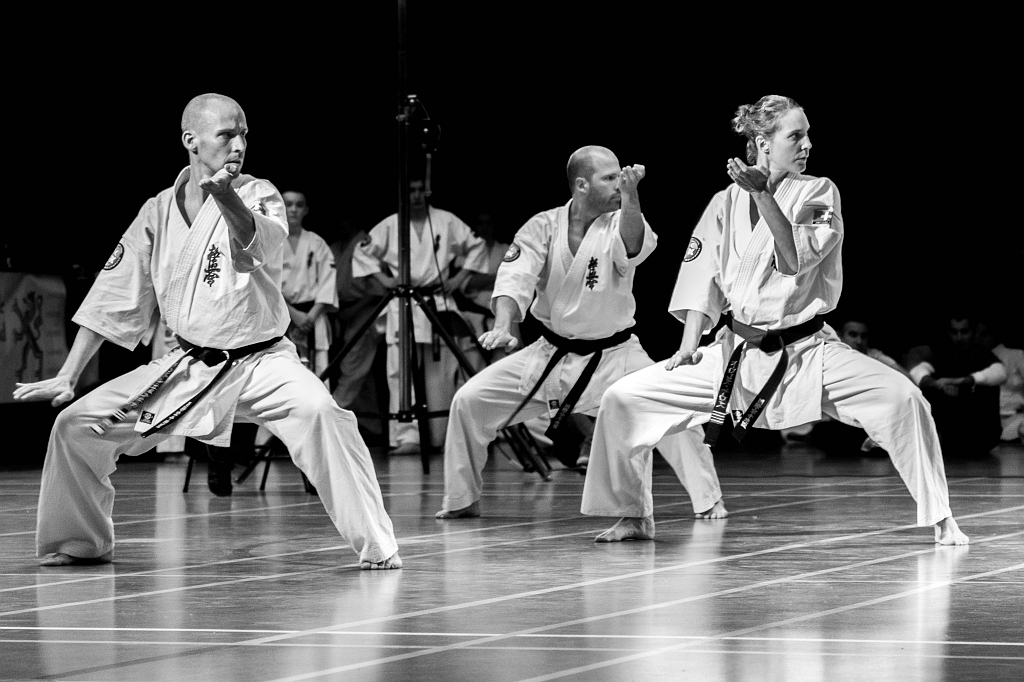About Us
Contact Us
Advertise With Us
Disclaimer
Privacy Policy
Terms & Conditions
Copyright © 2024 - BoldDiscussions.com

Karate, a traditional Japanese martial art, is more than just a sport—it's a journey of discipline, respect, and self-discovery. Whether you're a novice or a seasoned practitioner, let's delve into the rich history and captivating aspects of karate.
Karate finds its origins in Okinawa, Japan, where it was developed as a means of self-defence during a time of weapon prohibition. This led to the creation of unarmed combat techniques against armed opponents, shaping the unique martial art of karate.
The term "karate" translates to "Empty Hand" in Japanese, symbolizing the art of using one's hands and body as weapons. It reflects the philosophy of self-reliance and the absence of external tools in combat.
Karate employs a coloured belt system to signify a practitioner's skill level and progress. Starting with a white belt, students advance through various colours, with the black belt representing the pinnacle of achievement and expertise.
Beyond physical techniques, karate instils values of discipline, respect, and humility. Practitioners learn to cultivate a disciplined mindset and demonstrate respect towards their instructors and fellow students, fostering personal growth.
Katas, or forms, are choreographed sequences of movements in karate. These routines serve as a structured method for practitioners to develop muscle memory, refine techniques, and simulate combat scenarios.
Karate emphasizes responsible use of skills, promoting self-control and conflict resolution. Practitioners are encouraged to exercise restraint and assess situations carefully, using their techniques judiciously and avoiding unnecessary confrontations.
In karate, instructors are addressed as "sensei," while practitioners are known as "karateka." These traditional titles reflect the respectful student-teacher relationship and the hierarchical structure within the martial art.
Karate encompasses various styles, each with its own techniques and principles. From Shotokan to Goju-Ryu, practitioners have the opportunity to explore different approaches to karate, enriching their learning experience.
Karate has gained global recognition as a competitive sport, with organized tournaments and competitions held worldwide. Participants showcase their skills, demonstrating speed, power, and technical proficiency in controlled settings.
Beyond its physical aspects, karate serves as a gateway to Japanese culture. Through practice, practitioners delve into traditions, ceremonies, and historical contexts, enriching their understanding of this revered martial art.
As you embark on your karate journey, remember that it's not just about kicks and punches—it's a pathway to self-improvement, cultural appreciation, and personal development. Embrace the values, techniques, and heritage of karate as you continue to grow and evolve in this timeless martial art.
Disclaimer.
This article provides information only and should not be construed as advice. It is provided without warranty of any kind. Also please note that content on this platform may be subject to copyrighted material. If you believe we have used your content in any way then please get in touch with us. We will take down your content immediately.
Share This Post
BOLDDISCUSSIONS
We Produce Content That informs, Educates And Entertains People Around The World to stay updated on every topic with confidence.
Copyright © 2024 – BoldDiscussions.com

